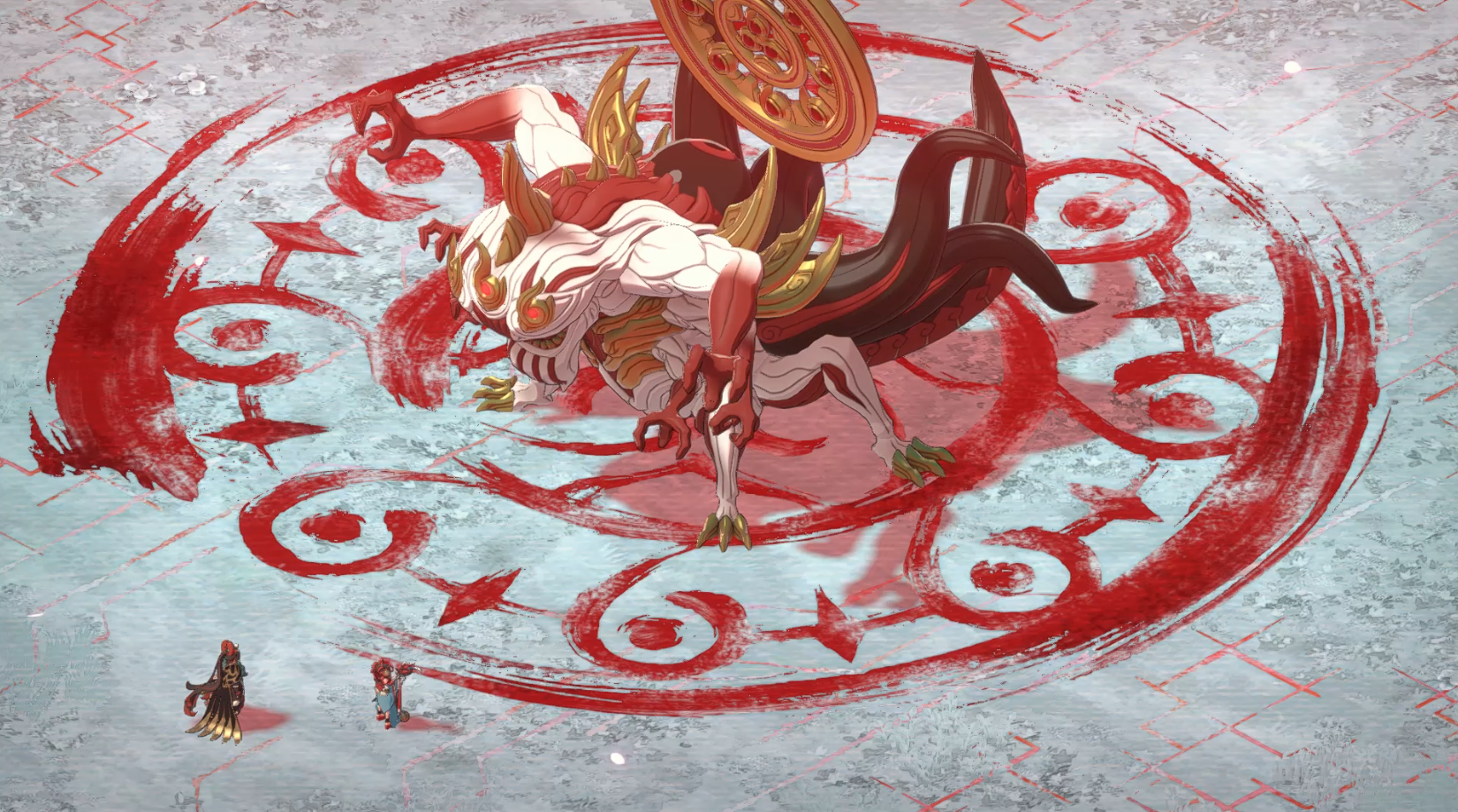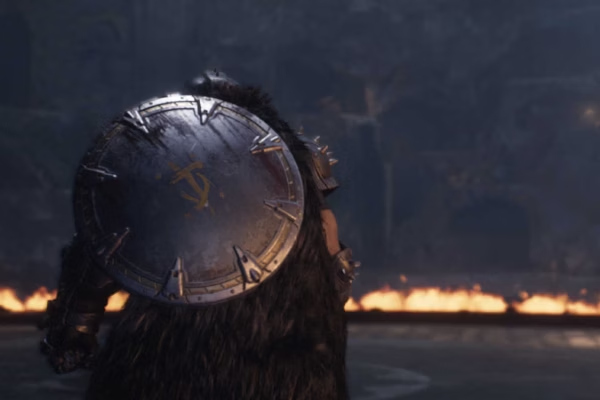Bandai Namco must’ve sensed my dwindling hours in Hades 2 and decided to fill the roguelike-shaped void in my attention span with Towa and the Guardians of the Sacred Tree. It first caught my eye during Sony’s 2025 State of Play. I remember thinking, “Huh, I guess the big studios finally caught on to the roguelike hype.” The game’s kawaii-folk art direction struck me as inspired, but honestly, it slipped from memory—until my editor told me we’d been invited to a preview playtest session with the Bandai Namco team.
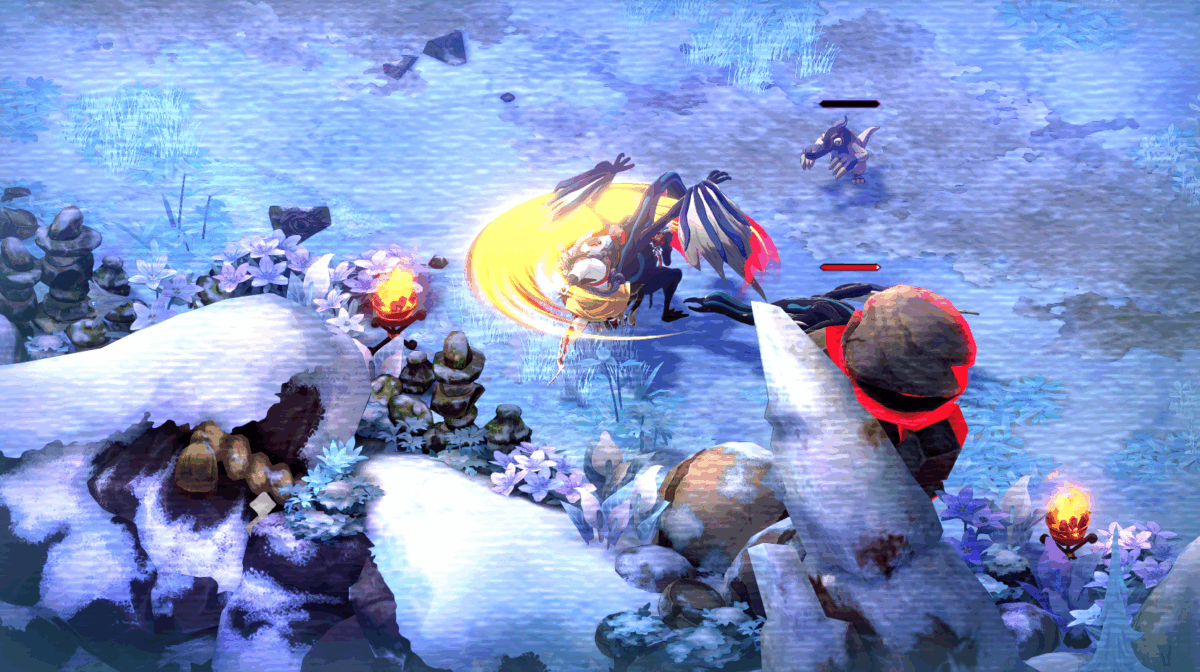
Leading up to the four-hour playthrough, my excitement rose and fell. With a newborn at home, it’s rare that I get to spend four uninterrupted hours doing anything besides changing diapers. “Do I really want to spend a quarter of my day on a kawaii Hades-like?” I asked myself. But I’d already said yes, and I don’t go back on commitments.
That commitment wasn’t instantly rewarded. The opening story felt serviceable, if a bit standard. The first fifteen minutes delivered the Bandai Namco trademark: lore exposition. To oversimplify, Towa is a tiny immortal god tasked with defeating an evil spirit using eight chosen warriors. Together, they must dismantle the evil god’s guardians and free the world from its curse. Nothing groundbreaking.
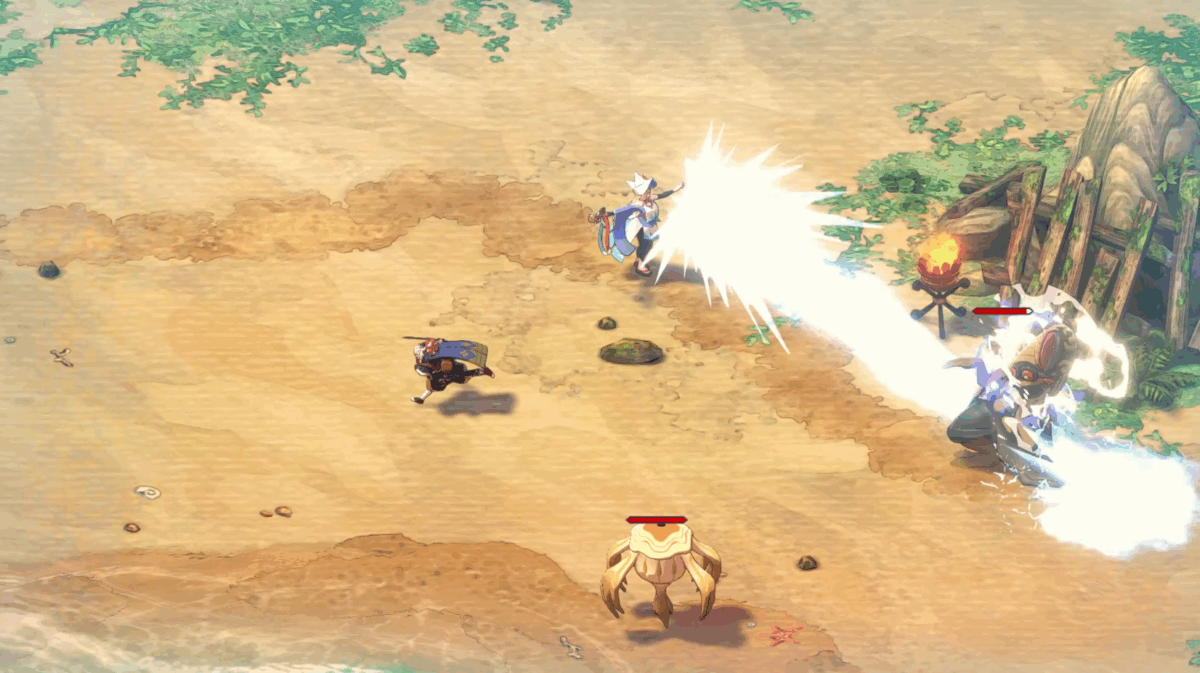
A couple of well-voiced slideshows later, we were dropped into the action. And that’s when I finally smelled what the chef was cooking. Combat centers on pairing an offensive guardian (Tsurugi) with a defensive guardian (Kagura). You can pick from the eight available, swapping them freely between roles.
This creates serious combo potential, especially since each guardian has unique abilities in the Tsurugi role. Every guardian felt distinct to play. Their combos, pacing, and effects layered neatly with the roguelike structure, and their charm—fueled by unique dialogue between pairings—kept me excited to mix and match with every run.
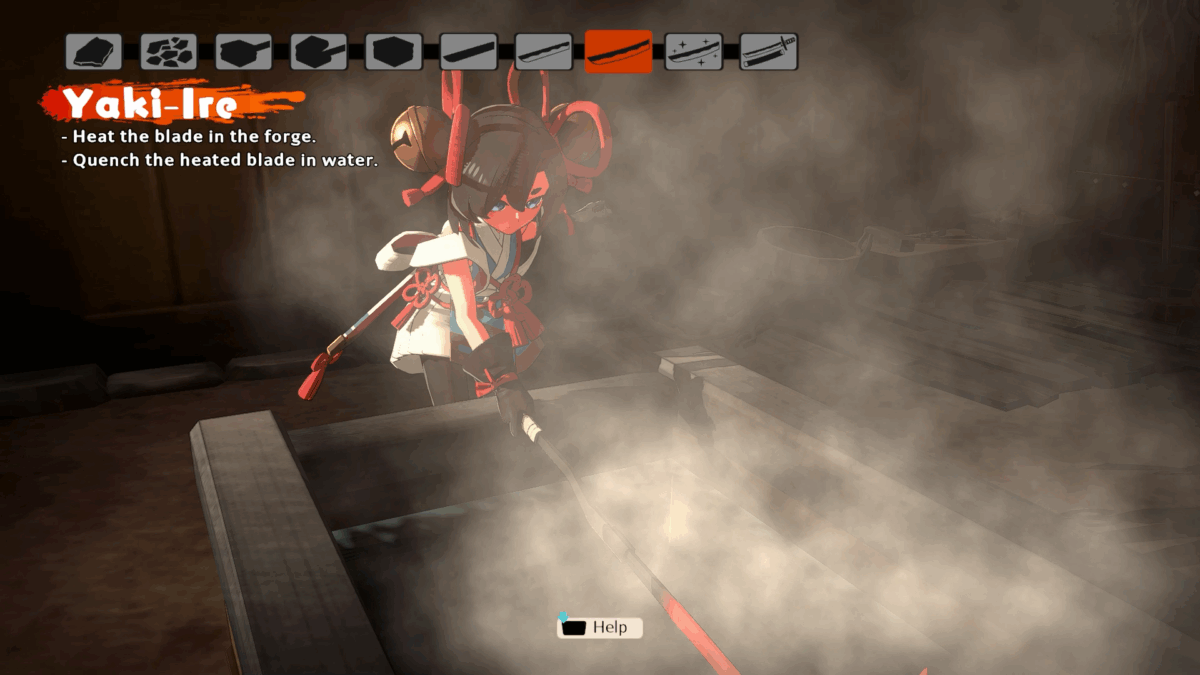
But guardians are just the start. Combat also relies on switching between two swords, each with its own stamina-break bar that refreshes on swap. As someone who recently spent hours replaying Vanillaware’s Muramasa Rebirth on my Vita, this mechanic felt instantly natural.
Switching blades, guardians, combos, and spells clicked together seamlessly for an action-game enthusiast like me. Then came the forge. After just a few runs, I unlocked a six-part minigame for customizing blades, and that’s when I realized: this game has deeper intentions. Soon after, more home-base characters appeared, each offering new gear, buffs, or crafting options.
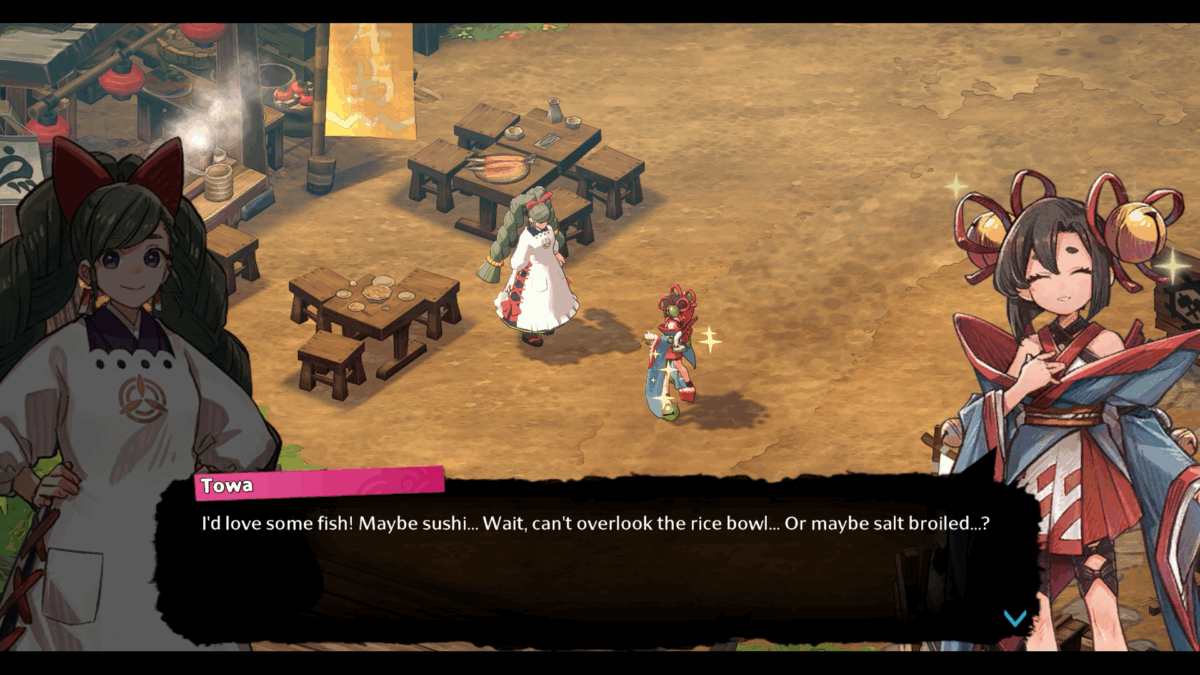
Before I knew it, three hours of my four-hour preview had vanished, and I’d only cleared a handful of runs. I’d been tricked into yet another cozy progression simulator. And I wasn’t even mad about it.
I can’t say I’m eager to hear every tale from the cute animatronic villagers, but I am impatiently waiting for the moment I can fire up a spreadsheet, min-max my build, and send numbers soaring while I beat the hell out of demons with a sexy fishman.
